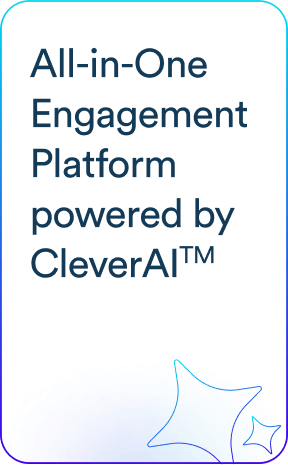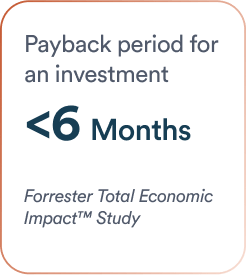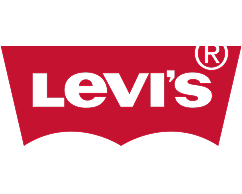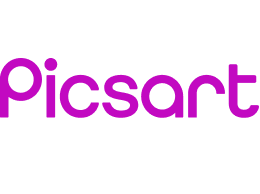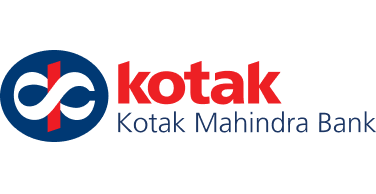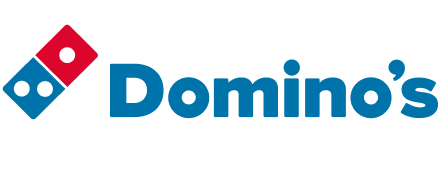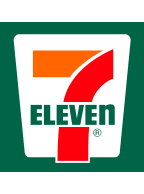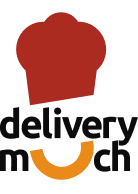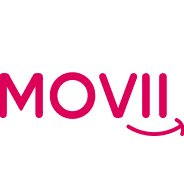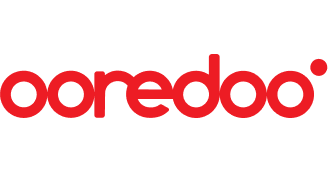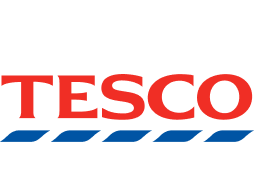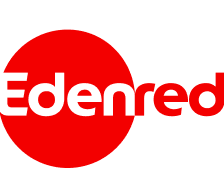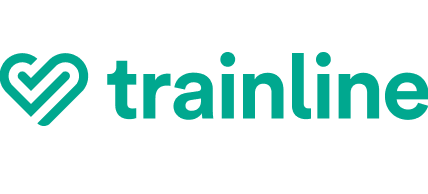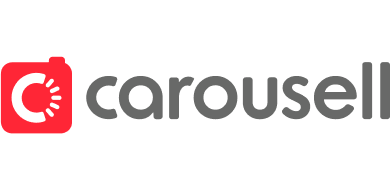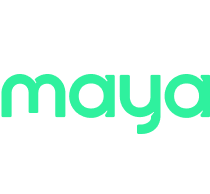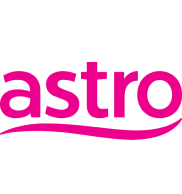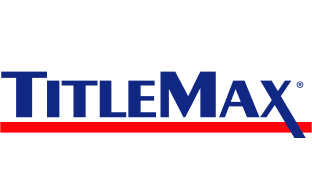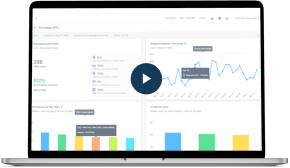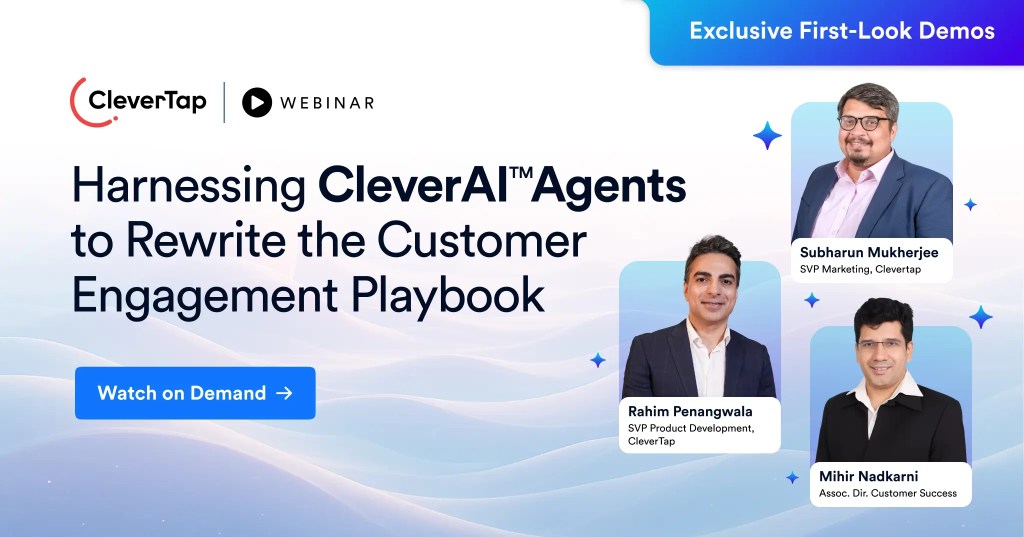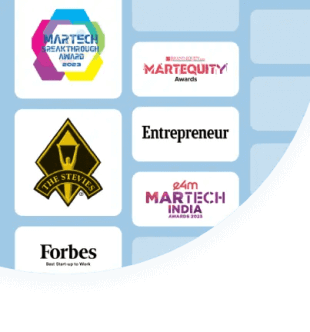The language of business is money. The latest marketing campaign budget will only be approved when past campaigns have shown a high email marketing return on investment (ROI).
Email marketing plays a direct role in driving revenue, boosting customer retention, and accelerating conversions across the funnel. It’s one of the few owned channels that gives you full control over message, timing, segmentation, and performance, making it crucial for any performance-driven marketing strategy.
This guide covers everything you need to know about email marketing ROI—from the formula to the average ROI and the ten best strategies to maximize it.
What Is Email Marketing ROI and Why Does It Matter?
Email marketing return on investment (ROI) is a metric that measures how much money you earn from email marketing campaigns compared to how much you spend on them. It is an indicator of the financial impact of such campaigns.
A high positive return means the emails bring in more money than they cost, directly contributing to revenue growth. A low or negative return calls for campaign optimization and a need to take a second look at the email marketing strategy.
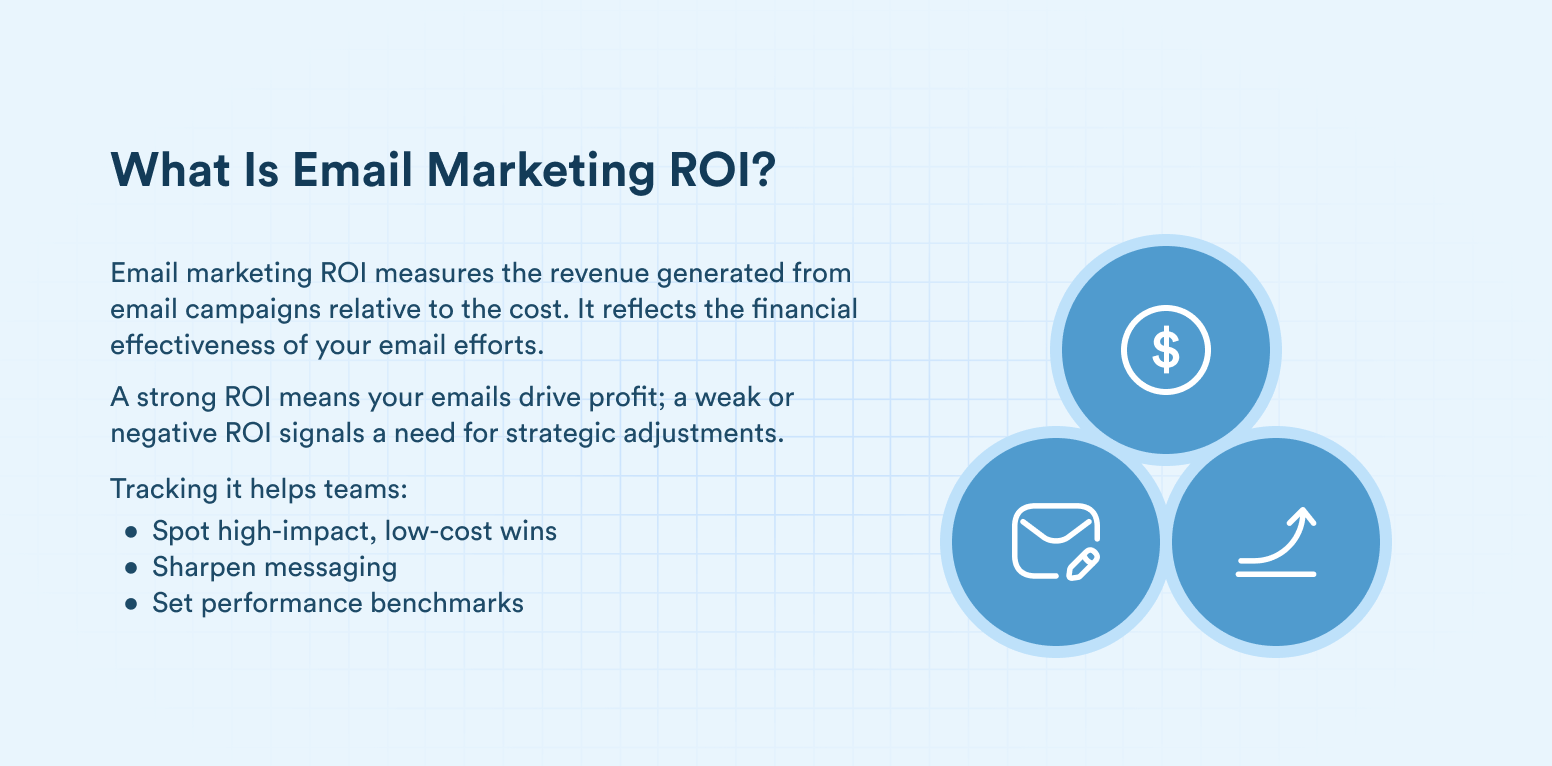
The global email marketing revenue will reach USD 17.9 billion by 2027. Although it is a marketing metric, all teams and decision makers benefit from continuously monitoring email marketing ROI to
- Identify low-cost, high-impact initiatives for better budget allocation
- Refine messaging strategies to keep audiences engaged
- Identify a performance benchmark for the leadership
How To Calculate Email Marketing ROI?
You can calculate your ROI using the basic formula or the email marketing ROI calculator present in this guide.
The Formula
To calculate the email marketing ROI percentage, subtract the money spent on the campaign from the revenue generated. Divide that by the total cost and multiply by 100.
Email Marketing ROI = (Revenue − Cost) ÷ Cost × 100
Example:
Imagine you run an e-commerce store and send out a promotional email with a special offer.
You earn $1,000 in sales from the campaign. You spent $200 on creating and setting up the email campaign. This includes money spent on using an email marketing platform, employee time and wages, and offering discounts.
Here’s how to calculate the ROI on email marketing using the formula:
ROI = ($1,000 – $200) ÷ $200 × 100 = 400%
This email campaign delivered a 400% return on investment. You earned $4 for every $1 spent.
What To Include In “Cost”
The “Cost” includes all expenses spent on the email campaign. This can cover
- Platform cost
- Creative resources (design, copywriting)
- Internal team hours
- Third-party consultants or agencies
The list is not exhaustive. While calculating email marketing ROI, factor in all associated costs, not just obvious ones like the email marketing tool subscription fee.
Overlooking hidden costs such as design time, list management, A/B testing tools, or campaign optimization resources can lead to inflated or misleading ROI figures.
What Is The Average ROI For Email Marketing?
The average ROI for email marketing is $36 for every dollar spent, according to a report by Forbes.
However, ROI can vary significantly across industries. Here’s a breakdown of average email marketing ROI benchmarks by industry.
| Industry | Email Marketing ROI (in USD) |
| Travel and Hospitality | 53 |
| Retail, E-Commerce & Consumer Goods | 45 |
| Marketing, PR & Advertising Agency | 42 |
| Software & Technology | 36 |
| Media, Publishing, Events, Sport & Entertainment | 32 |
A good email marketing ROI does not have a one-size-fits-all benchmark. It depends on factors like campaign goals, the email list quality, content quality and relevancy, strategy, and product value.
Compare your ROI with your past performance, industry standards, and key parameters discussed above to identify improvement areas and set realistic targets.
Email Marketing ROI Calculator
It is not feasible to manually calculate the ROI in email marketing for each campaign you run. There might be a hundred such campaigns. All you need to fast-track your calculation is the following data:
- Revenue Earned: Sales from the campaign.
- Cost of Campaign: This includes all the costs covered under the What to Include in ‘Cost?’ section.
Also, keep the campaign goals in mind. A campaign for brand awareness will not yield the same results as a campaign for email marketing lead generation.
Use the email marketing ROI calculator to quickly measure your campaign returns.
Email Marketing ROI Calculator
Key Metrics That Influence Email ROI
Email marketing ROI is also influenced by some key performance metrics mentioned below.
- Open Rate: This metric measures the percentage of emails opened by the recipients. It reflects the attention-grabbing ability of the email subject line and campaign timing. A low open rate acts as a bottleneck for other campaign performance metrics.
- Click-Through Rate (CTR): Percentage of recipients who clicked on one or more links in the email. It helps understand to what extent the email content and calls-to-action are compelling.
- Conversion Rate: Percentage of emails achieving the desired outcome, which can be a sign-up, purchase, or download. It measures how effectively the emails drive actions that generate revenue.
- Bounce Rate: Percentage of undelivered emails that bounced back to the sender. High bounce rates hurt deliverability and reduce campaign reach.
- Unsubscribe Rate: Percentage of emails where the recipient clicks unsubscribe to not receive future emails. It helps assess if the email content is resonating with the audience or overwhelming them.
- Spam Complaint Rate: Percentage of delivered emails marked as spam. A high spam complaint rate damages sender reputation and can drastically lower email marketing return on investment.
10 Proven Strategies To Improve Email Marketing ROI
Here are ten tried and tested email marketing strategies that help improve ROI.
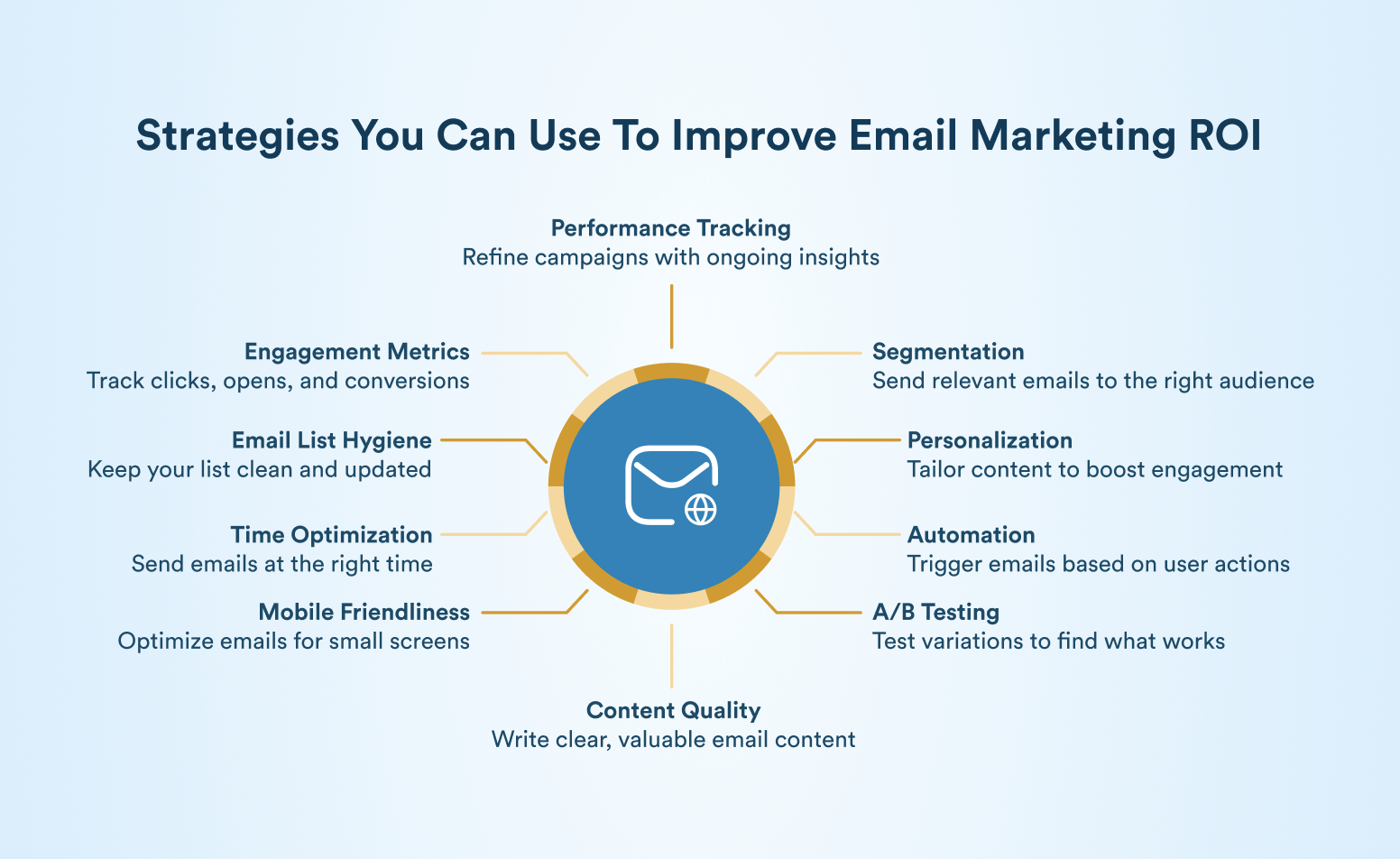
1. Segmentation
Segment your audience and email list based on behavior, preference, demographics, buyer journey stage, and engagement levels. This helps deliver relevant emails to the correct audience segments.
Recipients remain engaged only when they receive content that will benefit them. The lack of proper email segmentation can lead to your audience receiving generic and irrelevant content. This increases the chances of an unengaged audience with a higher probability of unsubscribing and marking emails as spam.
2. Personalization
Once you have segmented your audience, personalize the email content to keep them engaged. Tailor subject lines to include customer names, recommend products based on past purchases, and provide personalized offers that might make them buy the product added to their cart.
The level of personalization you can achieve also depends on the quality of subscriber data. Compared to generic emails, emails with personalization have an 82% higher open rate.
Personalization enhances the conversion potential and contributes to higher email marketing ROI.
3. Automation
The impact of segmentation and personalization in email campaign performance gains its full potential when you automate the process. You can automate email triggers for milestones such as
- Welcome emails for new signups
- Reminders for abandoned carts
- Win-back emails for inactive users
Personalize workflows based on user behavior and ensure continuous engagement without manual intervention. Automation boosts email marketing ROI by sending timely and context-aware emails.
Automate behavior-driven email campaigns with CleverTap.
4. A/B Testing
A/B testing fine-tunes email performance by comparing different versions of key elements such as subject lines, calls to action, and content layout.
You can run controlled experiments where a portion of your audience receives test variants, and the rest gets the winning version based on performance metrics like open or click rates.
This strategy helps identify what truly resonates with your audience. It boosts engagement, reduces guesswork, and steadily improves email marketing ROI with each iteration.
5. Content Quality
Your email should stand out in a flooded inbox. Write copy that informs, excites, or solves a problem, and delivers value.
The email can provide helpful tips, personalized offers, or exclusive updates. The email content should be concise, benefit-led, and aligned with the recipient’s needs or preferences.
Insights gained from audience segmentation make it easier to write content that resonates, keeps readers engaged, and drives action through proper CTAs.
6. Mobile Friendliness
Most users check emails on their mobile devices. It is therefore essential to optimize emails for smaller screens. Increase mobile-friendliness with a responsive design.
Draft visually clean emails with an uncluttered layout, clear fonts, concise messaging, and tappable buttons. This improves readability and user engagement.
7. Time Optimization
Timing matters for desired results in an email marketing campaign. Sending emails on holidays or at a time when your audience has already logged off their systems will tank your campaign.
Emails sent on Tuesdays and emails sent at 11 AM EST have the highest open rates*.
Bombarding the inbox with too many emails over a short period increases the chances of your audience unsubscribing or marking the email as spam. Sending two to three emails per week is a safe option.*
8. Email List Hygiene
Audit your email list and perform quality checks by regularly updating it to maintain sender reputation and improve the deliverability rate. Remove inactive subscribers, invalid addresses, and duplicate entries to reduce bounce rates.
A well-maintained and segmented list will help you identify high-intent users and optimize your strategy for maximum email marketing ROI.
9. Engagement Metrics
Email marketing ROI is influenced by several engagement metrics, as discussed before in this blog. Study the responsiveness of different segments to your emails by continuously tracking open rates, click-through rates, and conversion rates.
Data from these engagement metrics can be used to fine-tune campaign strategies. For example, focusing efforts on high-intent users while re-engaging or filtering out less active ones will yield a high email marketing return on investment.
10. Consistent Performance Tracking
Identify what’s working and what’s not by continuously tracking the engagement metrics mentioned in the previous point. A quick analysis allows timely adjustments such as refining subject lines, updating CTAs, or tweaking audience segments.
Implement agile optimization by monitoring campaign performance across segments. This ongoing refinement ensures that each campaign delivers better results and contributes to stronger email marketing ROI.
Advanced ROI Strategies to Future-Proof Your Growth
Let’s look at three advanced email marketing ROI strategies. These approaches go beyond short-term gains. They improve immediate campaign performance and also help align marketing efforts with long-term customer value while leveraging predictive insights for smarter decision-making.
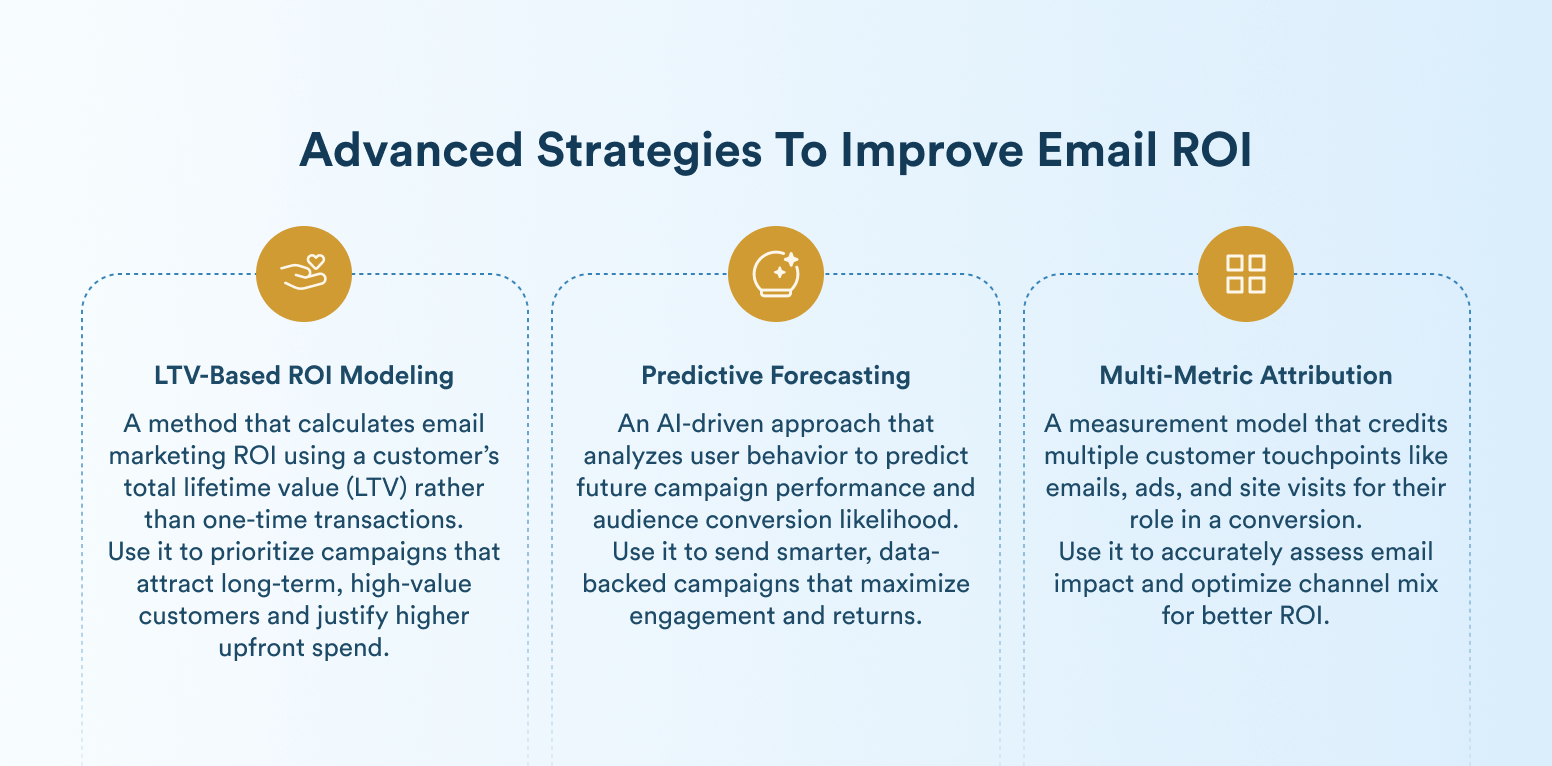
This is particularly helpful for professionals looking to experiment with predictive growth.
LTV-Based ROI Modeling
This method does not evaluate the email marketing return on investment from a single transaction or campaign. It factors in the total revenue a customer is expected to generate throughout their time with the business — the customer lifetime value (CLTV).
If a customer acquired via an email campaign initially spends $60 but goes on to spend $500 over the next two years, then that campaign’s ROI should be calculated against the $500 LTV, not the initial $60. This paints a more accurate picture of value and can justify an upfront spend of $30 or even $50 to acquire such a customer.
Predictive Forecasting
Predictive forecasting uses AI and behavioral data to estimate the future performance of email campaigns and pre-qualify audiences based on their likelihood to convert. It boosts email marketing ROI by optimizing investments as per the foreseen trends.
Instead of relying on past campaign performance, analyze user data, such as browsing patterns, app activity, purchase history, and engagement levels, to forecast:
- Expected open and click rates
- Conversion probabilities by segment
- Projected ROI for specific campaign types
Multi-Metric Attribution
An email rarely works in isolation. Conversion takes place after customer engagement across multiple touchpoints:
- A user might first engage with an email, later click a retargeting ad, and finally convert through a direct visit.
- Emails that nurture leads or re-engage inactive users contribute to eventual sales, even if they aren’t the last touchpoint.
The idea is to consider the impact of all such assisted conversions and multiple touchpoints across a customer’s journey on the email marketing ROI, instead of only considering the final click or conversion.
Real-World Example: Turning Email ROI Insights Into Growth
Let’s look at two examples of businesses using CleverTap to maximize email marketing ROI.
Apna
Apna, an Indian job and professional networking platform, wanted to work on its email marketing channels to engage users with relevant and informative content. The company also sought to widen its user base while reactivating dormant users via email.
With CleverTap, the company saw a 28% increase in open rate and 88% higher click rates while scaling monthly users by 30X in a year.

With CleverTap, Apna was able to
- Deliver relevant and personalized content at a lower cost.
- Establish email as a vital touchpoint.
- Use CleverTap’s automation capabilities and expert insights to ramp up email campaigns.
- Carry out trigger-based campaigns with personalized and relevant communication.
- Minimize bounce rate and spam complaints by optimizing domain usage, list cleaning, and third-party email verification.
- Constantly monitor email engagement metrics, such as campaign open and click rates that influence email marketing ROI.
- Achieve higher engagement with smart segmentation based on job roles and other parameters
To learn more, read the full case study on how Apna achieved a 30x YoY growth in users engaged.
Booky
Booky, a Philippines-based discovery and deals platform, was struggling to optimize email deliverability, scale automated journeys, and utilize upselling and cross-selling opportunities.
The company, to keep up with its widening user base, wanted a solution to drive its email and mobile engagement campaigns. The team also needed to improve their email open rates, which had dropped by 50%.
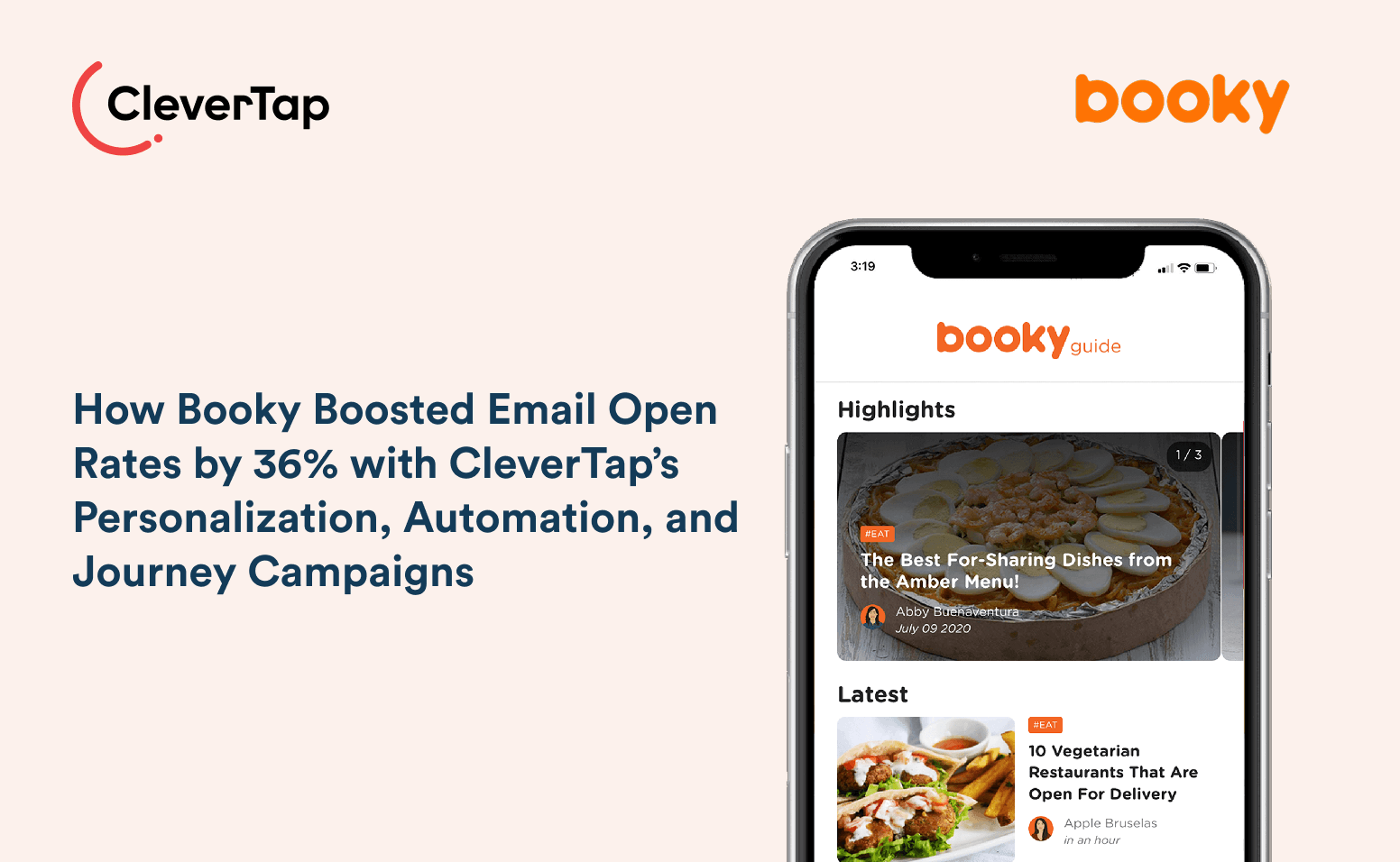
Booky increased its open rates by using CleverTap in the following ways.
- Run advanced A/B testing and make data-driven decisions resulting in better customer engagement.
- Achieve hyper-personalization in messaging by using the Advanced Email add-on. Automation in testing and coordinated cross-channel campaigns increased the open rate by 36%.
- Establish touchpoints at various instances of the customer lifecycle using journey campaigns.
- Tailor messages with personalized discounts.
- Achieve conversions by building a rich user profile to capture granular insights. This also helped in their upselling campaigns.
- Constantly monitor campaign performance and tweak it to improve user retention.
Read the full case study on how Booky Saw a 36% Increase in Open Rates to learn more.
How CleverTap Helps You Maximize Email Marketing ROI
CleverTap’s email marketing tool can boost conversion rate by 30%, click-through rate by 60%, and open rate by 40%.
It is possible because of CleverTap’s capabilities in customer segmentation, real-time data processing, automation, hyper-personalization, and analytics.
With CleverTap, businesses can:
- Implement a unified omnichannel strategy by managing user engagement across email, push, SMS, WhatsApp, web and in-app messaging within a single platform.
- Deliver advanced personalization and contextual messaging by analyzing user data and actions in real time. Leverage CleverTap’s predictive recommendations to elevate customer experience.
- Optimize marketing strategies with AI-powered optimization driven by user behavior prediction and intelligent segmentation.
- Perform robust experimentation and testing by running multivariate and A/B tests to achieve the highest email marketing ROI.
- Access in-depth analytics, tracking key metrics such as open rates, click-through rates, and conversion rates, and monitor deliverability insights.
- Streamline email creation and management using a flexible editor with drag-and-drop functionality, HTML, or AMP support. You can also use customizable templates.
- Use enhanced deliverability infrastructure to track delivery success and sender reputation.
- Customize user communication preferences using the preference centre. Be assured of fully compliant data centres for sensitive data.
- Accelerate time-to-value with ESP flexibility, no-code integration, and a customized IP-warming plan.
Clevertap adds segmentation, personalization, and predictive intelligence to the marketer’s toolkit with one platform. Businesses using CleverTap run highly-tailored email marketing campaigns that keep audiences engaged. The email campaigns achieve high conversion rates as they can be optimized by instantly acting on changing user behavior.
CleverTap can help you maximize your email marketing ROI.
Start Measuring What Matters
Email marketing ROI reflects the monetary returns of your marketing campaign. Besides indicating the campaign performance, measuring this metric is especially important during executive decision-making that considers broader business goals.
Sending personalized, contextualized, and user-intent relevant emails will keep readers engaged, increase clicks, and conversions. Implement the strategies mentioned in this guide to maximize email marketing ROI.
Kiran Pius 
Leads Product Launches, Adoption, & Evangelism.Expert in cross-channel marketing strategies & platforms.
Free Customer Engagement Guides
Join our newsletter for actionable tips and proven strategies to grow your business and engage your customers.

